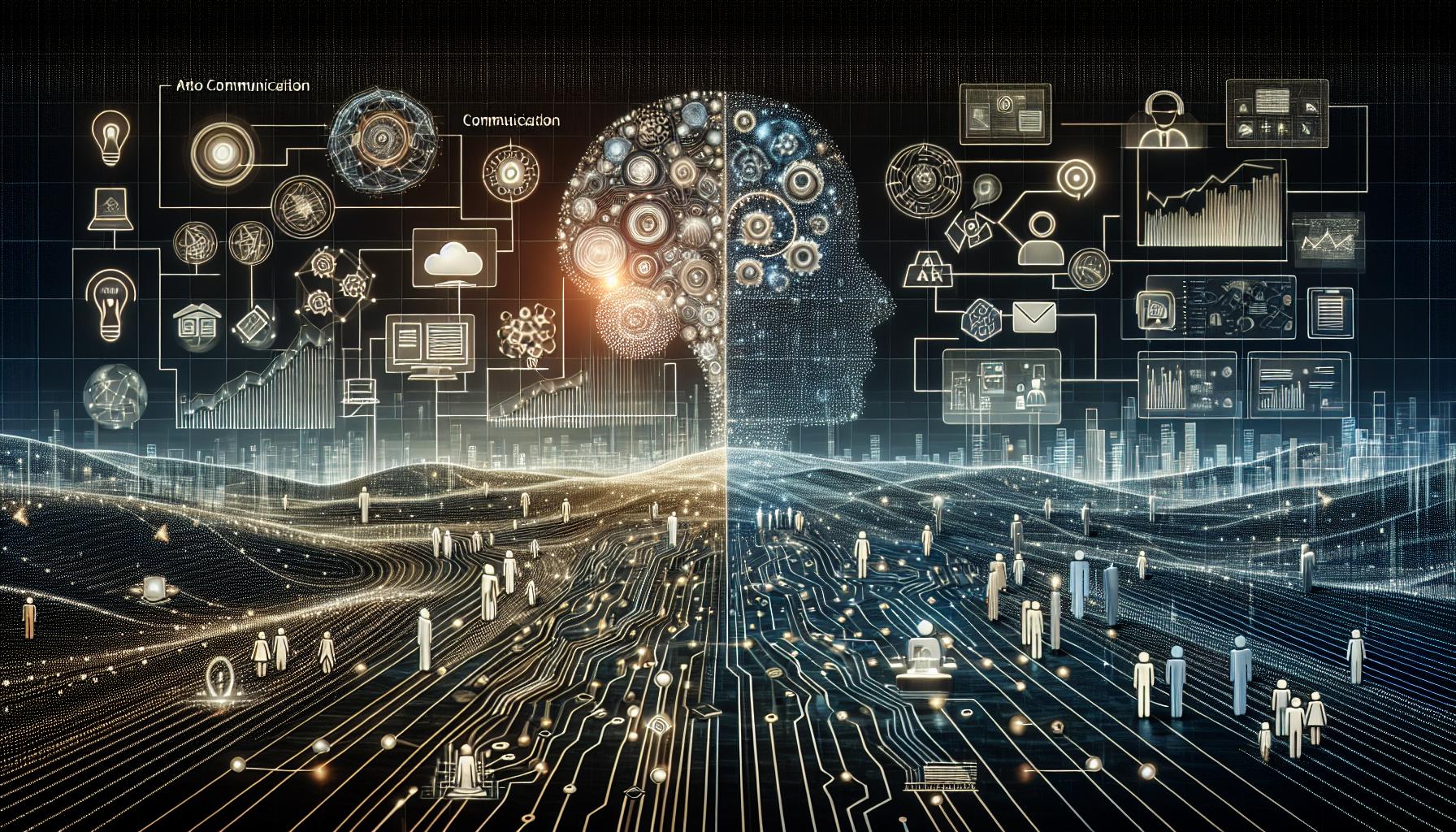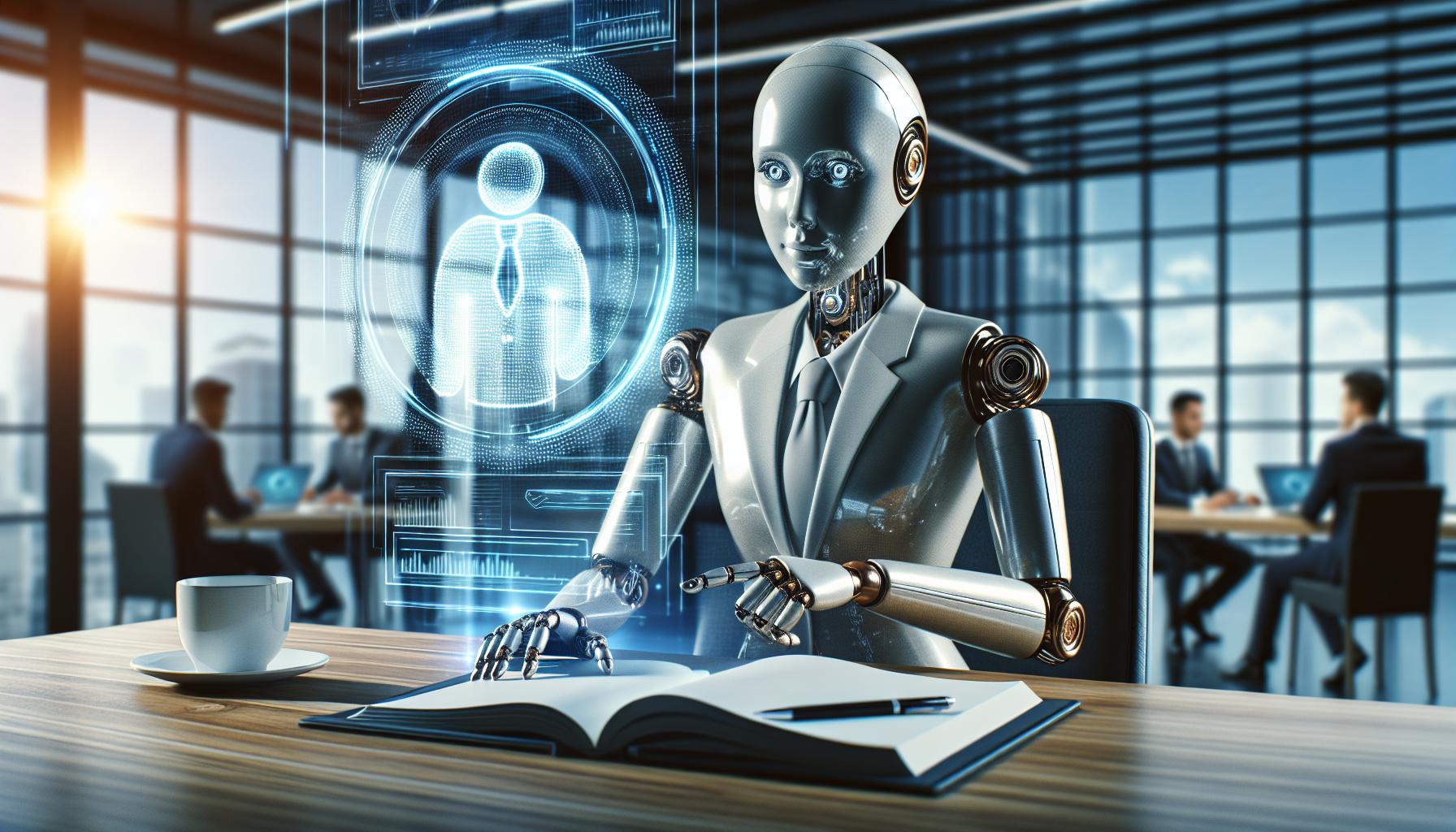The Rise of Human User Interfaces: How RAIA is Shaping the Future of Business Applications
Introduction
The integration of Human User Interfaces (HUI) into business processes is transforming the paradigm of user interaction in significant ways. As we shift from conventional Software as a Service (SaaS) platforms to robust, intuitive systems powered by Artificial Intelligence (AI), platforms like RAIA are at the forefront of this change, offering more natural and efficient ways to engage with business applications.
The Shift from SaaS to HUI
Traditional SaaS systems have often been marked by their complex and user-heavy interfaces which necessitate extensive training. These systems are not only cumbersome but also reduce user activity to simple data entry jobs. In contrast, RAIA introduces a streamlined approach focused on ease and human-centric interaction, potentially replacing the old guard of SaaS applications.
Advancements in A.I. Driving HUI Adoption
AI advancements play a critical role in making HUI possible, offering tools like voice recognition, natural language processing, and dynamic response frameworks that mimic natural human interactions. RAIA leverages these technologies to go beyond traditional interaction models, promoting an environment where commands can be executed through simple voice, SMS, or email communications — making technology accessible for all.
Impact on Business Operations with RAIA
Integrating RAIA within the fabric of daily business operations has revolutionized how businesses communicate both internally and externally. Enhanced communication leads to improved operational efficiency, reduces cognitive overload, and fosters a workplace of enhanced collaboration and lower technological barriers.
A Human Interaction Baseline with RAIA
Platforms like RAIA are not only transforming interfaces but are also promoting a shift back towards a more 'human' interaction baseline, reminiscent of face-to-face communications. This shift brings psychological benefits, improving the well-being of employees, and operational benefits by fostering a more collaborative and engaged corporate environment.
Rapid Transformation and Market Readiness
The transition to HUI-powered applications, especially through platforms like RAIA, is moving at a remarkable speed due to the natural decay in the use of complex SaaS products and the pressures of a rapidly evolving market. Businesses need to adapt to this pace, as the decay of traditional models and the readiness of advanced HUI solutions take center stage.
Challenges and Strategic Considerations with RAIA
While the adoption of HUI like RAIA poses significant benefits, it also comes with challenges including data security concerns, the seamless integration with existing systems, and the need for comprehensive user training. Strategies for overcoming these challenges include phased approaches to integration, rigorous security protocols, and continuous training programs aimed at equipping employees with the necessary skills to transition smoothly.
Conclusion
As the business environment becomes ripe for technological disruptions, RAIA and similar platforms are setting new benchmarks for how businesses interact with their applications. The rise of Human User Interfaces could potentially dictate the next era of business operations, making it crucial for companies to adapt swiftly and integrate platforms that prioritize human-centric interactions for sustaining a competitive advantage in the technology-driven marketplace.
Call to Action
It is imperative for businesses to explore and integrate platforms like RAIA, to overhaul their current interaction systems, enhance operational efficiency, and significantly improve user experience. Start rethinking your business application strategies today to stay ahead in this rapidly transforming landscape.




